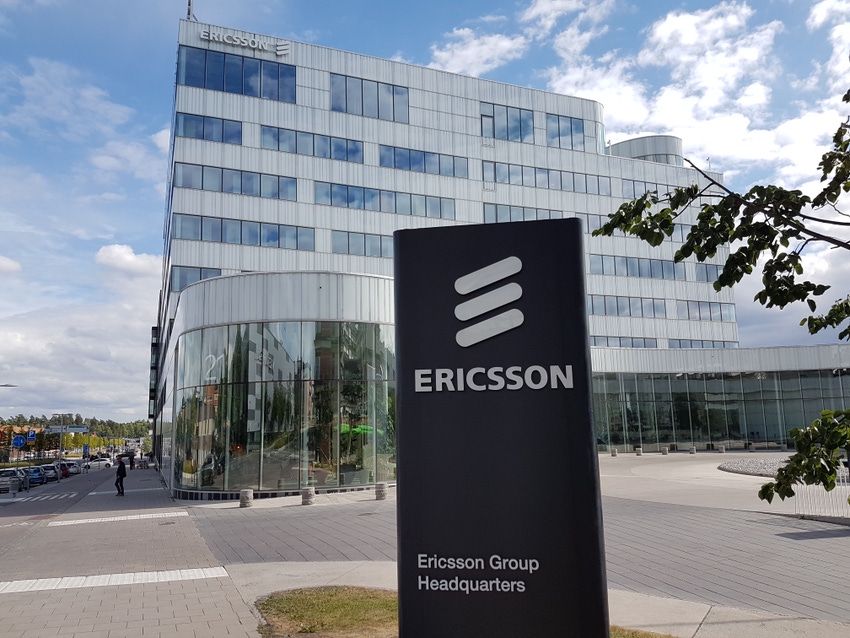Ericsson ups US investments in search of regionalised relevance
Ericsson has announced it will increase investments for R&D in the US as it revs its engines in pursuit of much-hyped 5G market share.
August 10, 2018

Ericsson has announced it will increase investments for R&D in the US as it revs its engines in pursuit of much-hyped 5G market share.
Increased investments in R&D is nothing which should be applauded, it is after all a monumental shift in the telecommunications and technology industry, and therefore should be expected. That said, Ericsson seems to be sending a message to the world with the focus on the US; Huawei continues to find itself on the sh*t list, so we are going to dominate.
“The increased investment is to support accelerating build out and rapid deployment,” said Ericsson’s Head of Networks, Fredrik Jejdling. “It’s all about working with our customers more closely.”
While increasing the focus on the US might not be the greatest endorsement for the manufacturing capabilities or employee competence in Europe, Jejdling pointed out this is not a shift away from the continent, but Ericsson’s localisation strategy. This is where Huawei has found success in recent years, its engineers have been on hand to help development and deployment. These investments are focused on adapting R&D focus for the individual needs of the market.
For example, while the US is primarily focused on enhanced mobile broadband and fixed wireless access, China has prioritised IoT. There isn’t necessarily a wrong answer for the 5G focus, but by moving R&D centres closer to customers, Ericsson is able to adapt operations to local demand. Jejdling also highlighted the strategy will allow the business to create a more flexible supply chain, working with manufacturers in the specific regions to shorten development lead time and bring products to market quicker.
“We need to make sure we are relevant to each customer,” said Jejdling. “It’s all about serving the markets in their own way.”
The US is currently Ericsson’s largest market, accounting for a quarter of the firm’s business over the last seven years. The absence of market leader Huawei is almost certainly working for the benefit of Ericsson, but the reasons don’t actually matter that much. The vendor landscape is highly unlikely to change considering the political paranoia towards China and its vendors; Ericsson’s decision to double-down on the US and capitalise on the opportunity is a very sensible strategy.
What is worth noting is this is new investment from Ericsson. Just because the US is getting attention right now, does not mean the focus will be decreased in markets such as Europe. Accoring to Jejdling, this is not a trade-off, at the very least, investments will be sustained in Europe.
“One of our big manufacturers is in Europe in Talin, and so are some of our biggest research sites,” said Jejdling. “This announcement is not about moving away from Europe, but expanding in the US.”
Looking at the focus of the R&D investments, there are three areas of particular interest. Firstly, the Austin ASIC Development centre will receive some additional attention, as well as 80 more bodies. It might be worth noting, one of the AT&T research labs focusing on IoT manufacturing, retail and data analytics, is conveniently located a 50 minute flight away in Plano, Texas. The second will be a baseband software development centre, which will be staffed by 200 new employees. Finally, an artificial intelligence research centre will be located in California, close to the Silicon Valley technology hub, and will account for an additional 100 hires.
The focus for the AI research centre seems to be around machine learning and network automation technologies, these are closest to Ericsson’s core competencies after all, though Jejdling commented this is a relatively blank script right now. The team will lead with the demands of the market, which is still trying to grasp the potential of the technology.
“R&D for AI is in the process of being established,” said Jejdling.
While some might worry over the lack of concreteness around AI developments, it is worth noting this is the new status quo in the development world. The companies who have made best use of new breakthroughs in the world of intelligent technologies are the ones who adopt a fail-fast business model. These developers are adaptable and scale dependent on external factors such as market demand and parallel technological breakthroughs. Should Ericsson want to bolster its credentials in the software work, some might comment it is flagging currently, it will have to embrace this new, un-telco, mentality.
As a strategy, increasing investments in the US is certainly a sensible one. US customers account for a significant chunk of the Ericsson spreadsheets as it stands, therefore it would be a perfectly reasonable place to start the 5G assault, capitalising on established relationships. The strategy also has a Huawei feel about it. The Chinese firm has a reputation for accessibility, placing engineers close to customers to improve customer service. Considering the success over the last few years, why shouldn’t Ericsson take a lesson from the Huawei playbook.
About the Author(s)
You May Also Like









.png?width=300&auto=webp&quality=80&disable=upscale)

_1.jpg?width=300&auto=webp&quality=80&disable=upscale)


.png?width=800&auto=webp&quality=80&disable=upscale)